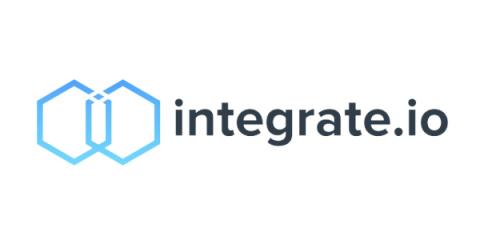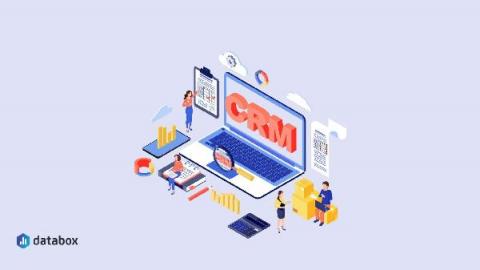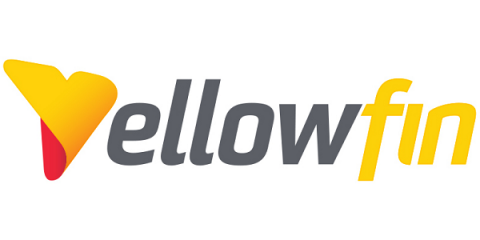CDC in Salesforce and How to Export Attachments
Salesforce is one of the most popular customer relationship management (CRM) solutions. A lot of companies use it for every aspect of their business. In fact, Salesforce bills itself as a Customer 360 platform. If you’re familiar with Salesforce, you know there are a lot of tools. The right choices allow you to get the most actionable use of the wealth of data from the platform. We’ve talked before about how to create a Salesforce ETL pipeline.





